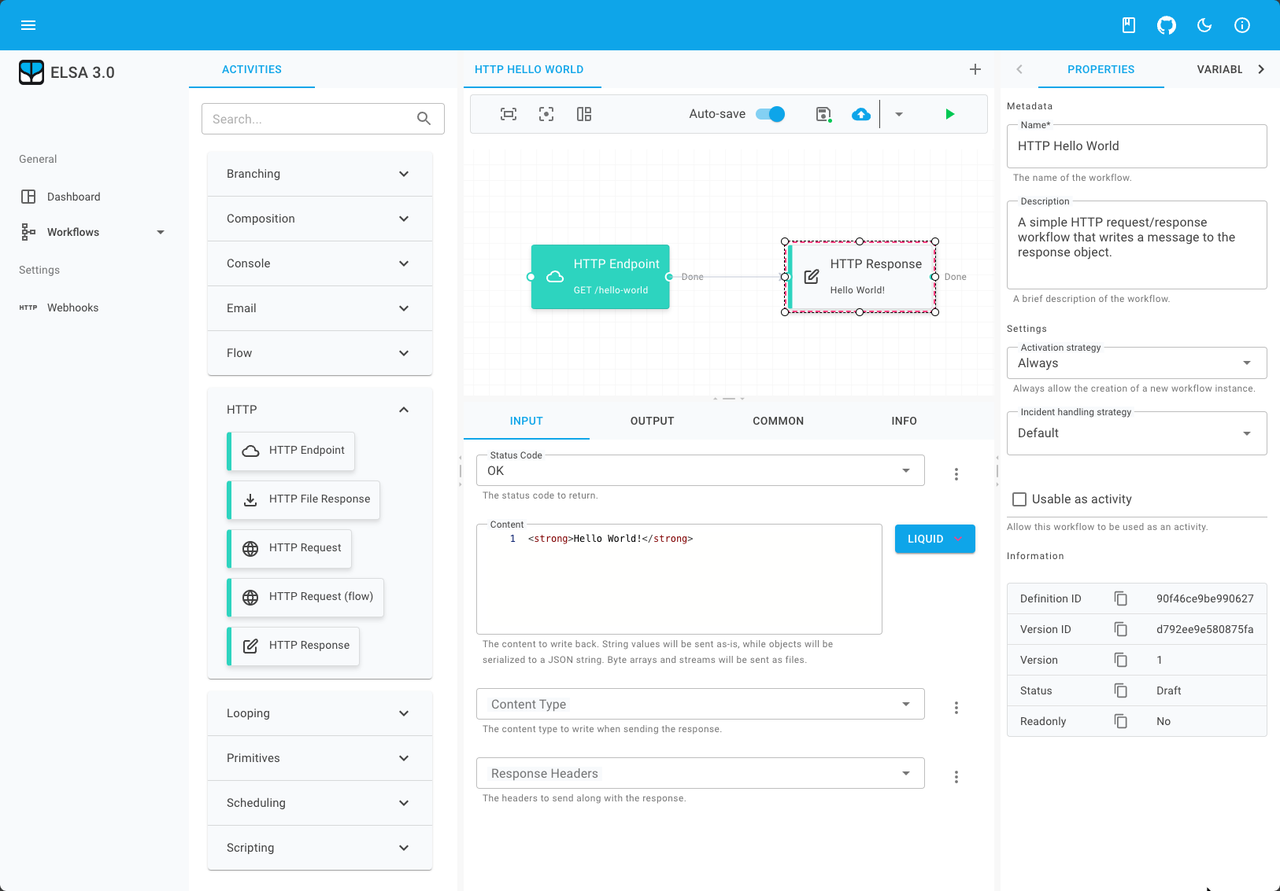1.测试代码 读到摄象头参数 输出 video_test.c
#include <sys/types.h>
#include <sys/stat.h>
#include <fcntl.h>
#include <sys/ioctl.h>
#include <unistd.h>
#include <stdio.h>
#include <string.h>
#include <linux/types.h> /* for videodev2.h */
#include <linux/videodev2.h>
/* ./video_test </dev/video0> */
int main(int argc, char **argv)
{
int fd;
struct v4l2_fmtdesc fmtdesc;
struct v4l2_frmsizeenum fsenum;
int fmt_index = 0;
int frame_index = 0;
if (argc != 2)
{
printf("Usage: %s </dev/videoX>, print format detail for video device\n", argv[0]);
return -1;
}
/* open */
fd = open(argv[1], O_RDWR);
if (fd < 0)
{
printf("can not open %s\n", argv[1]);
return -1;
}
while (1)
{
/* 枚举格式 */
fmtdesc.index = fmt_index; // 比如从0开始
fmtdesc.type = V4L2_BUF_TYPE_VIDEO_CAPTURE; // 指定type为"捕获"
if (0 != ioctl(fd, VIDIOC_ENUM_FMT, &fmtdesc))
break;
frame_index = 0;
while (1)
{
/* 枚举这种格式所支持的帧大小 */
memset(&fsenum, 0, sizeof(struct v4l2_frmsizeenum));
fsenum.pixel_format = fmtdesc.pixelformat;
fsenum.index = frame_index;
if (ioctl(fd, VIDIOC_ENUM_FRAMESIZES, &fsenum) == 0)
{
printf("format %s,%d, framesize %d: %d x %d\n", fmtdesc.description, fmtdesc.pixelformat, frame_index, fsenum.discrete.width, fsenum.discrete.height);
}
else
{
break;
}
frame_index++;
}
fmt_index++;
}
return 0;
}
2. 交叉编译代码
arm-linux-gnueabi-gcc -o video_test video_test.c
3.测试
./video_test /dev/video0





















